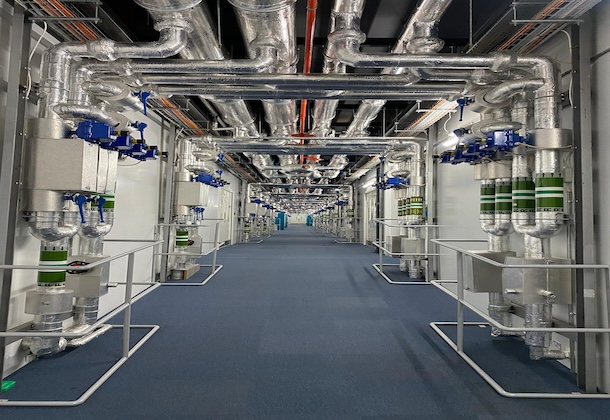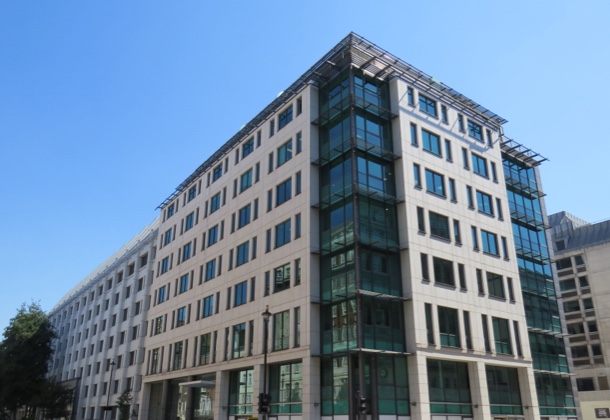08th June 22
Case study – Hammersmith Grove
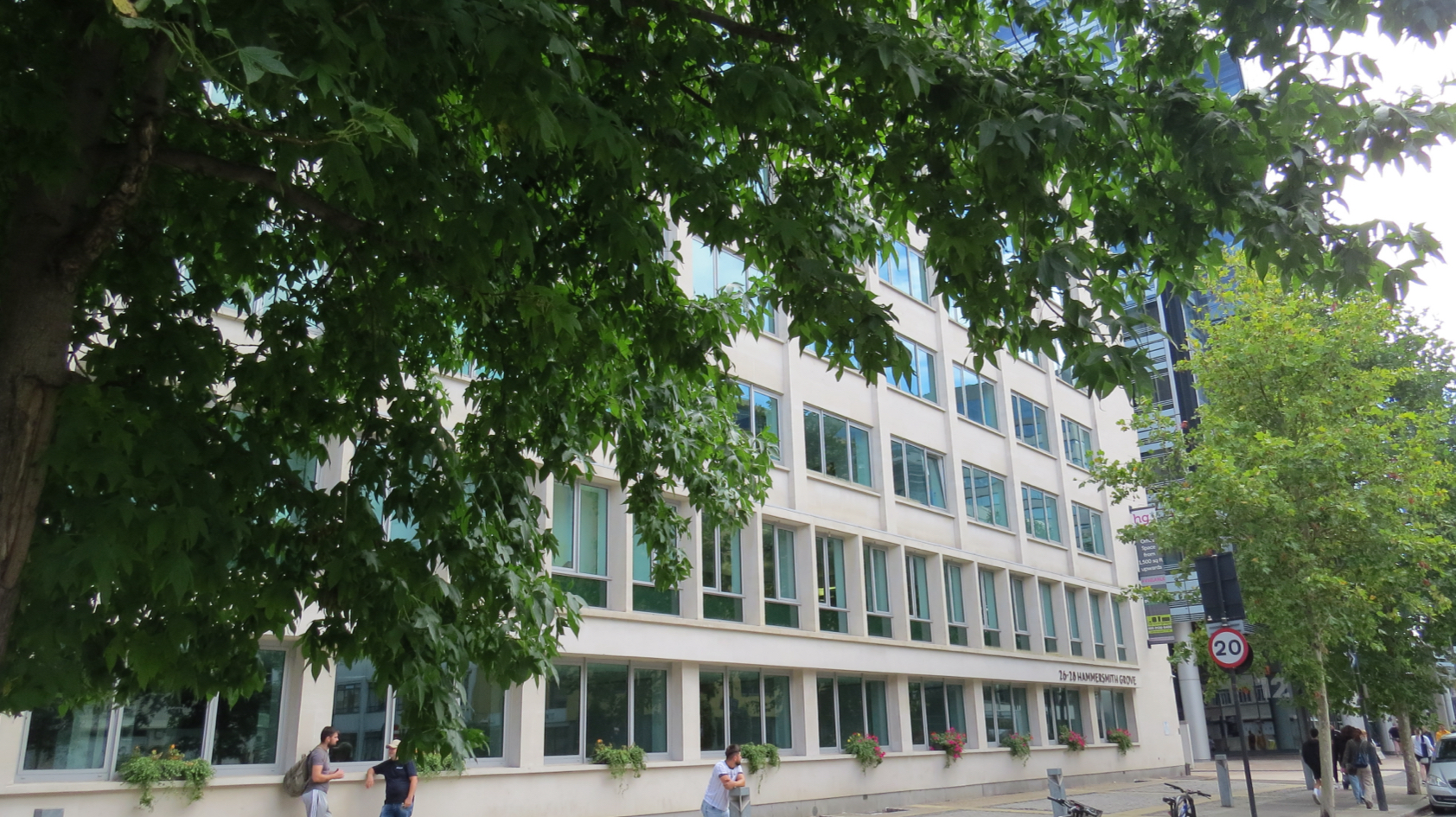
Alternative to chemical water treatment
Insight FMs chemical-free journey started just over a year ago and Founder Director Sam Shale is now confident there is an alternative to chemical water treatment for closed loop networks.
“The feeling was that chemicals were just papering over the cracks rather than offering a solution to the problem and we felt we were throwing good money literally down the drain”
– Sam Shale, co-founder and director of Insight FM
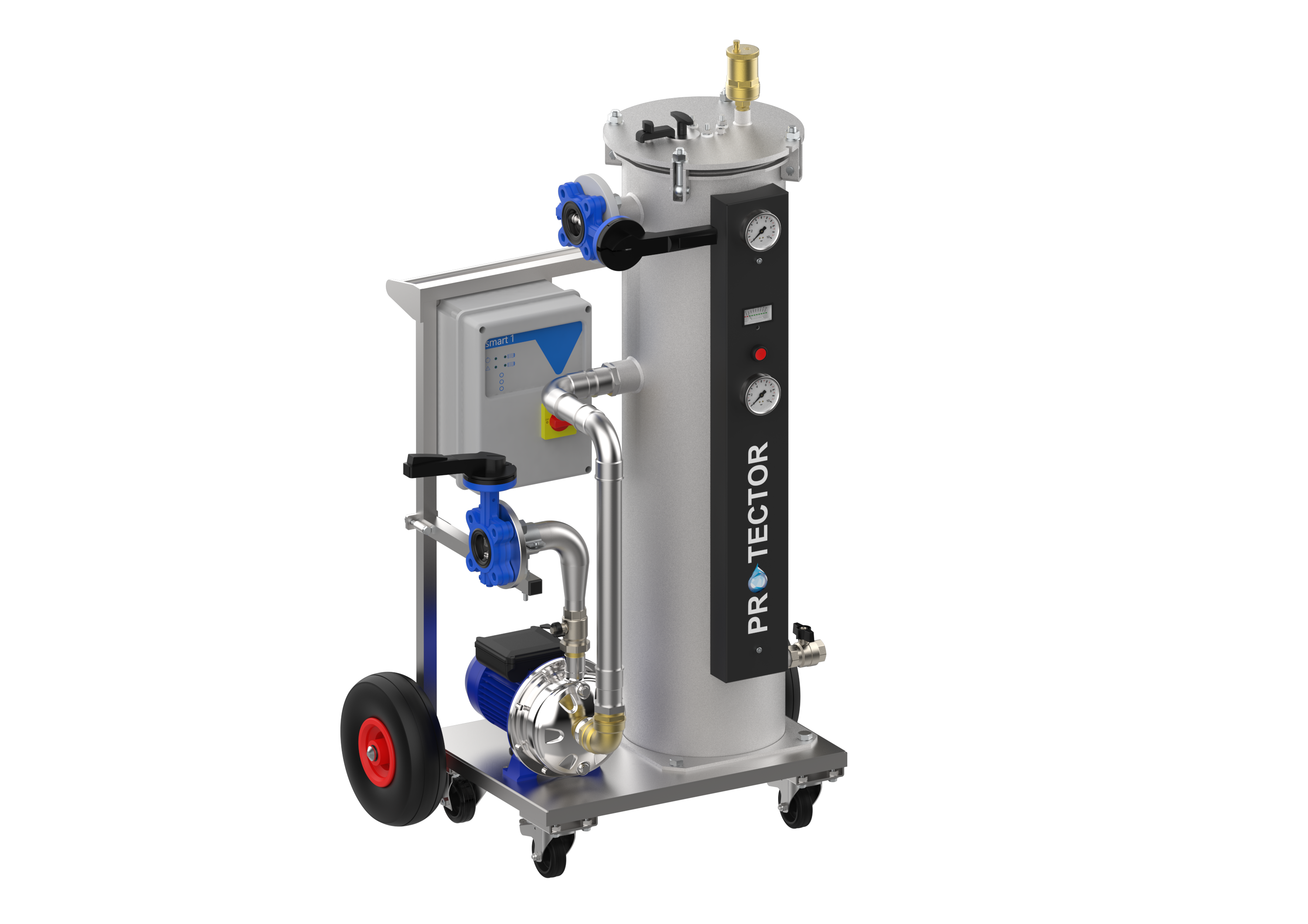
Where it started
The journey started in 2018 when Chesterfields were engaged to review the water quality at an interconnected 6 and 11 floor commercial office development and reported counts beyond acceptable control limits. The site in Hammersmith had been experiencing significant water quality issues and the report started Sam and Insight on a journey to understand in much closer detail and improve the water quality on the 3 heat and 3 chilled systems.
Sam was pointed in his criticism of how despite twenty years of working for engineering consultancies he had not met a water treatment company whose solution did not involve continuing to use chemicals for the same problem that was not being resolved. “The feeling was that chemicals were just papering over the cracks rather than offering a solution to the problem and we felt we were throwing good money literally down the drain” stated Sam Shale, Cofounder and Director of Insight FM. Despite their own efforts of increased strainer regimes, side stream filtration and a host of other actions, the problems persisted and an expensive system flush and chemical clean was being considered.
CIBSE’s acceptance of VDI2035 as an alternative method of water treatment and Sam’s own research led Insight to research chemical-free water treatment. With a good understanding of the science and confidence in the knowledge displayed by IWTM staff, Insight made the decision to install a mix of our equipment across all 6 networks.
Technical
The units are sized on system volume and utilise sacrificial magnesium anodes which scavenge dissolved oxygen as they corrode resulting in the release of magnesium hydroxide. This controls the pH to 8.5 or above whilst agitating and putting the fixed debris in the system into circulation to be collected in the unit ready to be blown down. The ion exchange filling device is sized to the project’s water hardness and system refill rate and has a specially formulated ion exchange resin bed that controls the raw fill water to a minimum pH of 8.2 and zero conductivity, whilst removing the carbon dioxide. This strips out harmful salts, lime and minerals and controlling the quality of the raw fill water prior to it entering the system completing the solutions belt and braces approach.
Correct system operating pressure is important for the system to operate effectively, and a specialist was introduced to assess the existing pressurisation and expansion units and undertake necessary remedial works and recommissioning. The assessment showed failures in the systems which resulted in air being drawn into the closed loops at certain operating conditions. This would have certainly contributed to the poor water quality and if not corrected would have hindered its clean-up highlighting the importance of this step and something which is detailed in VDI2035 as an important part of the systems correct operation.
Following the completion of a business user case Insight FM expected to see a return on investment in 4-5 Years with an operational expense of just 10% when compared to the incumbent water treatment costs. If compared to the cost of the remedial works IWTM would have been immediately cost positive.
Challenges
As part of the process the worse circuits were put through a resin rinse process which ran across 2 days. This is where, after the units have been installed for a minimum of four weeks, the system water is passed through a mobile ion exchange unit helping to accelerate the improvement in water quality.
Sam felt that whilst ultimately the process has taken longer than expected the results have proved there is a successful alternative to chemical water treatment and is a convert to this type of water treatment. Whilst Sam enjoyed the process this was very much a learning curve and one which he sometimes felt he’d jumped in with both feet by installing across all six systems at once and something he would consider staggering on the next project.
To treat all the water in the system the units require full circulation and dependent on the season either the heating or chilled networks will not be circulating. The full circulation of all networks is not always practical on commercial buildings, and if the water quality was not urgent Sam felt you could stagger the installs in line with the season. This would be more realistic if you needed to prolong the pump running times until you are on top of the water quality.
There were also other challenges which contributed to the delays including a significant strip out and refurbishment in the east building. During the refit closed circuits were cut into, with capping off and refills slowing the process which could have been managed better with closer control of the onsite contractors. As part of the legacy chemical-based regime two of the systems were also dosed quite close to the install of the equipment. Knowing now how quickly the chemical free technology changes the corrosive state of the water Sam would have cancelled the final dosing which would have also saved the client some budget.
Excellent support
Sam acknowledged the excellent support from IWTM which was helpful as the maintenance teams were sometimes harder to convince. This was made worse as the incumbent water treatment contractor was able to cast doubt with the teams on the efficacy of the system despite the previous failures of their chemicals in treating the issues. Sam also felt the need to stress the importance of the correct operating levels of the pressurisation set up and the importance of increasing the strainer servicing regimes. “This is a partnership and whilst we did have a conversation on the need to complete these operations, we would now really stress the importance of these actions to the maintenance contractors” Sam added.
Sam was also keen to point out that whilst maintenance is required it is far less and a lot simpler than with chemical treatment and a much-reduced cost. Sam was used to receiving quarterly quotes of £1-3k for just the water treatment chemicals. Whilst they had to replace some resin on the filling device this was a minimal cost when compared to the annual chemical treatment cost of £10-15,000. The equivalent chemical-free water treatment cost was just 25% of this with the expectation that this cost would more than halve for the second year.
Overall, it was hard to say just how long and bad the water quality had been as we had relied on the water treatment company to report the figures. It was only the poor results from Chesterfield’s report that bought the water treatment under scrutiny. What was noticeable was the response of the water treatment specialist and their cycle of sample quote dose, sample quote dose, with no improvement to the water quality. Whilst the science made sense for chemical-free they had low expectations but from the initial install they could see gradual improvements to the system operation and water quality with each testing, not something that had happened with the previous chemical regime.
“Ultimately we showed there is another way and that the water condition can be improved and maintained without the need for chemicals,” Said Sam Shale “I’m definitely a convert and chemical-free just makes so much sense on cost, environment and reliability”.
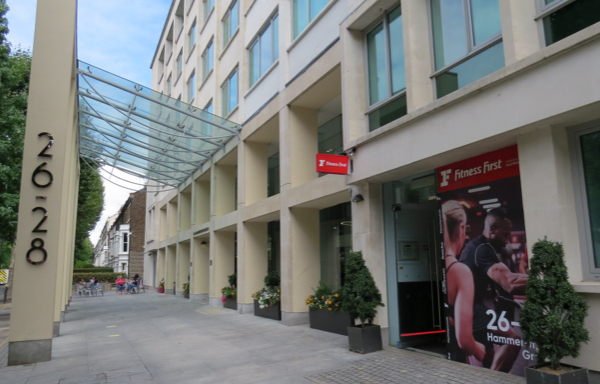
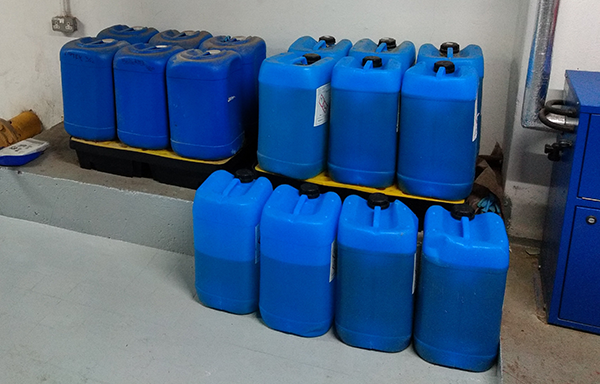
clean, prevent, protect
Contact us to discuss how our chemical-free water treatment solutions can deliver instant ROI

